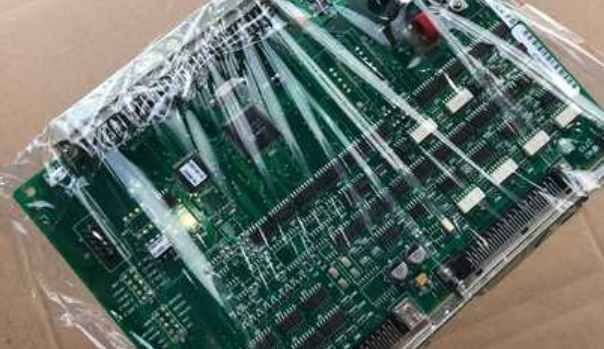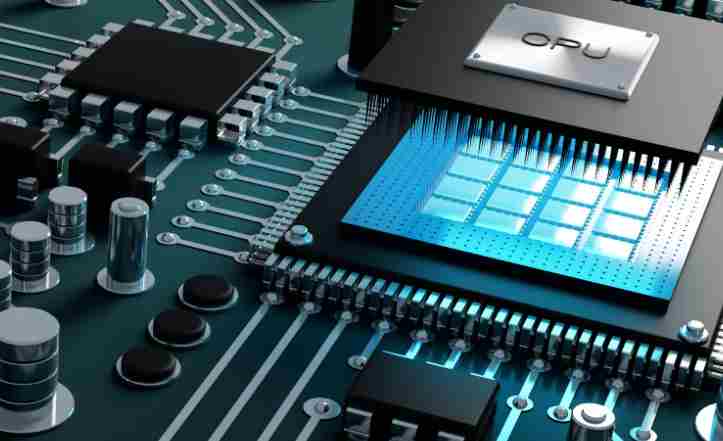
When using PCB circuit boards, we need to understand its industry terminology, so that it will be more simple when operating on it. The following is a simple understanding of the industry terminology of PCB circuit boards:
1, Algorithm: In a variety of computer numerical control equipment, the software of the limited set of instructions, called "algorithm", can be used to perform simple mechanical actions, such as drilling rigid rigorous Program or (Program) is written according to a certain algorithm.
2, BackTaper inverse taper Angle: refers to the drilling needle from its tip to the stem extended to the shank, the outer edge of the projection slightly presents a large head and small tail shape, so it can reduce the surface of the drilling needle and the hole wall friction area. This inverse inclination is called the BackTaper, and its Angle is about 1 to 2°.

3, Back-up plate: is drilling pad under the PCB board, and the machine table in direct contact with the pad, can avoid drilling needle damage to the table, and reduce the temperature of the drilling needle, remove the waste chips in the ditch, and reduce the copper surface of the chafing and other functions, the general pad can be used phenolic resin board or wood pulp board as raw materials.
4, Bevelling cut bevelling: refers to the contact front end of the gold finger, in order to facilitate access to the socket, the right-angle edge of the two sides of the plate edge is cut off, so that the Angle of 30 ~ 45 ° C, this specific action is called "cutting the bevelling".
5, Bits: refers to the replaceable tips of various metal tools, such as drilling pins (heads) DrillBits, rotary cutting head RountingBits for board shape forming, or soldering iron head SolderIronBits.
6, Blanking off: The use of punching mode, the board in the center of the useless part to be washed away.
7, Burrr hair: In PCB often refers to drilling or cutting shape, the mechanical processing hair is, and occasionally used to express the rough coating.
After understanding the industry terminology of PCB circuit boards, I believe that it will be helpful to all of us in the future use, and I believe that the above knowledge will be more helpful to us.
PCB substrate material classification
PCB substrate material, according to the nature of the material to be divided, basically can be divided into paper based printed circuit board, epoxy glass fiber cloth printed circuit board, composite substrate printed circuit board, special substrate printed circuit board and other substrate materials.
(1) Paper-based printed circuit board The substrate used in this type of printed circuit board is reinforced with fiber paper, soaked in resin solution (phenolic resin, epoxy resin, etc.) after drying and processing, covered with coated electrolytic copper foil, pressed by high temperature and high pressure. According to the ASTM/NEMA(American National Standards Association/American Electrical Manufacturers Association) standard, the main varieties are FR-1, FR-2, FR-3(the above is flame retardant XPC, XXXPC(the above is non-flame retardant). More than 85% of the global paper-based printed circuit board market is in Asia. The most commonly used and mass-produced are FR-1 and XPC printed circuit boards. Paper-based flame retardant copper-clad plate
(2) Epoxy glass fiber cloth printed circuit board The substrate used in this type of printed circuit board is epoxy or modified epoxy resin as a binder, and glass fiber cloth as a reinforcing material. This type of printed circuit board is currently the world's largest output, the most used type of printed circuit board. In ASTM/NEMA standard, there are four types of epoxy glass fiber cloth board: G10(non-flame retardant), FR-4(flame retardant); G11(retained thermal strength, not flame retardant), FR-5(retained thermal strength, flame retardant). In fact, non-flame retardant products are decreasing year by year, and FR-4 accounts for the vast majority.
(3) Composite substrate printed circuit board The fabric and core of the substrate used in this type of printed circuit board are composed of different reinforcement materials. The copper clad substrates used are mainly composite epoxy material (CEM) series, among which CIM-1 and CIM-3 are the most representative. Cem-1 substrate fabric is glass fiber cloth, core material is paper, resin is epoxy, flame retardant; Cim-3 substrate fabric is glass fiber cloth, core material is glass fiber paper, resin is epoxy, flame retardant. The basic characteristics of the composite printed circuit board are similar to FR-4, and the cost is lower, and the machining performance is better than FR-4.
(4) Special substrate printed circuit board Metal substrate (aluminum base, copper base, iron base or invar steel), ceramic substrate, according to its characteristics, use can be made of metal (ceramic) based single, double, multi-layer printed circuit board or metal core printed circuit board.





